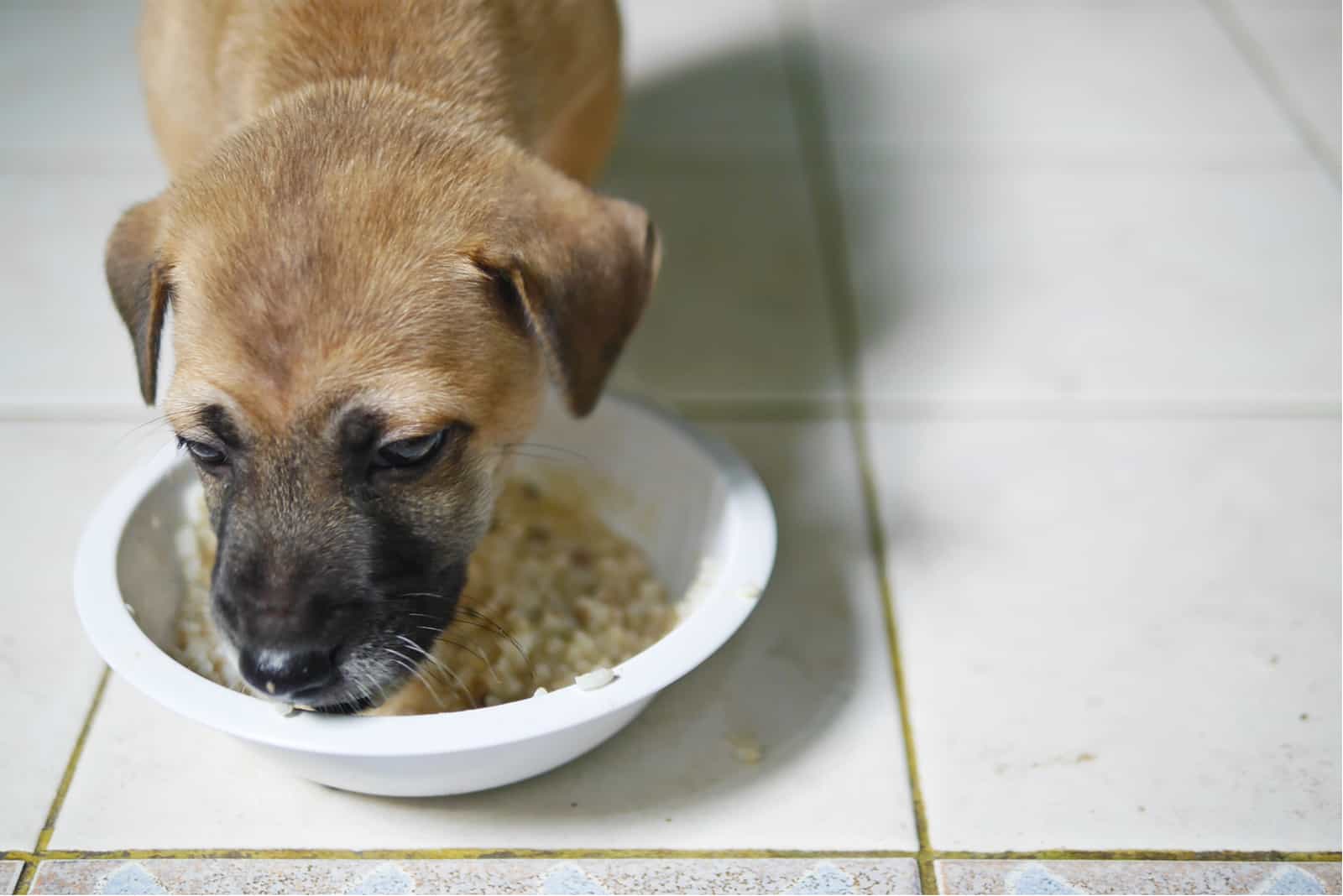

Articles
How To Store Puppy Mush
Modified: January 5, 2024
Learn the best way to store puppy mush to keep it fresh and nutritious. Find helpful articles and tips on proper storage methods for your furry friend's meal.
(Many of the links in this article redirect to a specific reviewed product. Your purchase of these products through affiliate links helps to generate commission for Storables.com, at no extra cost. Learn more)
Introduction
Welcome to the world of puppy mush storage! As a proud pet owner, you want nothing but the best for your adorable fur baby. And part of providing the best care involves ensuring that their meals are fresh and nutritious. Puppy mush, a combination of high-quality ingredients blended into a soft and easily digestible meal, is a popular choice for many puppy owners. However, knowing how to properly store puppy mush is crucial to maintain its quality and safety.
In this article, we will explore the benefits of puppy mush, provide tips on preparing this delectable meal, and most importantly, guide you on how to store puppy mush effectively. By following these tips, you can ensure that your puppy’s meals remain fresh, safe, and packed with essential nutrients.
Key Takeaways:
- Properly storing puppy mush ensures fresh, safe, and nutritious meals for your furry friend. Follow guidelines for refrigeration, freezing, and thawing to maintain quality and safety.
- Choose high-quality ingredients, appropriate containers, and safe handling practices to maintain the nutritional value and freshness of puppy mush. Your pup’s well-being is worth it!
Read more: How To Store Puppy Chow
Benefits of Puppy Mush
Puppy mush offers numerous benefits for your furry friend’s health and growth. Here are some key advantages:
- Digestibility: Puppy mush is specifically designed to be easily digestible for young puppies. It helps prevent stomach discomfort and ensures optimal nutrient absorption.
- Nutrition: Puppy mush is formulated to provide a balanced and complete diet for your growing pup. It contains essential nutrients like protein, carbohydrates, vitamins, and minerals necessary for healthy development.
- Texture: The soft and mushy consistency of puppy mush makes it ideal for puppies with developing teeth. It minimizes chewing strain and allows them to consume their meal comfortably.
- Hydration: Puppy mush can be made with added water or broth to increase moisture content. This is especially beneficial for puppies who may not drink enough water on their own, ensuring proper hydration.
- Convenience: Preparing puppy mush in larger batches can save time and effort. You can portion it out and store it, ready for serving whenever your puppy needs a nutritious meal.
By incorporating puppy mush into your puppy’s diet, you can help support their overall health and well-being during this critical stage of growth.
Preparing Puppy Mush
Preparing puppy mush is a straightforward process that requires a few simple steps. Here’s a basic recipe to get you started:
- Gather your ingredients. Puppy mush typically consists of a protein source (such as cooked chicken or ground turkey), a carbohydrate (like cooked rice or sweet potatoes), and vegetables (such as carrots or green beans). Make sure to choose ingredients that are safe and suitable for puppies.
- Cook the protein source. Ensure that the protein is fully cooked to eliminate any potential bacteria or parasites that could harm your puppy. Cook the protein thoroughly, removing any bones or skin, and shred or dice it into small, bite-sized pieces.
- Cook the carbohydrates. Cook the rice, potatoes, or other carbohydrate source according to the package instructions. Make sure they are soft and easily mashed to create a smooth consistency for the puppy mush.
- Cook the vegetables. Steam or boil the vegetables until they are tender. Once cooked, mash or puree them to achieve a smooth texture.
- Combine all the ingredients. In a mixing bowl, mix together the cooked protein, carbohydrates, and vegetables. Gradually add water, broth, or puppy formula to achieve the desired consistency. The mixture should be smooth and easily spoonable.
- Blend for a smoother texture (optional). If you prefer a smoother texture, you can use a blender or food processor to puree the mixture further. This step is especially helpful for younger puppies who may have difficulty chewing.
Remember to let the puppy mush cool before feeding it to your pup. Once cool, it’s ready to serve or store for future meals.
Keep in mind that these are general guidelines, and it’s essential to consult your veterinarian for specific recommendations based on your puppy’s age, breed, and dietary needs.
Storing Puppy Mush
Properly storing puppy mush is crucial to maintain its freshness and safety. Here are some guidelines for storing puppy mush:
- Refrigeration: If you plan to use the puppy mush within a few days, storing it in the refrigerator is the most convenient option. Transfer the cooked and cooled puppy mush into airtight containers or resealable bags. Label them with the date to keep track of freshness. Store the containers in the refrigerator at a temperature of 40°F (4°C) or below. Consume the stored puppy mush within 3-4 days to ensure its quality.
- Freezing: If you have a larger batch of puppy mush or want to store it for an extended period, freezing is a better option. Divide the puppy mush into individual portions using freezer-safe containers or ice cube trays. This allows you to thaw only what you need for each meal. Remember to use freezer-safe bags or containers that are labeled and dated to keep track of storage time.
Before storing puppy mush, allow it to cool completely to room temperature. This helps prevent condensation and ice crystals from forming, which can affect the texture and quality of the stored puppy mush.
It’s important to note that while storing puppy mush provides convenience, it may alter the texture slightly when thawed. However, it should still maintain its nutritional value and be safe for your puppy to consume.
Next, let’s explore the recommended temperature considerations for storing puppy mush.
Temperature Considerations
Temperature plays a critical role in ensuring the safety and quality of stored puppy mush. Here are some important temperature considerations:
- Refrigerator Temperature: The temperature of your refrigerator should be consistently maintained at or below 40°F (4°C). This temperature range helps prevent bacterial growth and keeps the puppy mush fresh for a few days. Use a refrigerator thermometer to monitor the temperature and make adjustments if necessary.
- Freezing Temperature: When freezing puppy mush, it’s important to store it in a freezer set at 0°F (-18°C) or below. This low temperature inhibits the growth of bacteria and preserves the quality of the puppy mush for a longer period. Again, use a freezer thermometer to ensure the proper temperature is maintained.
It’s worth noting that storing puppy mush at the correct temperature is crucial for food safety. Exposing it to higher temperatures can lead to the growth of harmful bacteria, risking your puppy’s health. Always prioritize food safety to ensure the well-being of your furry friend.
Now that we’ve covered temperature considerations, let’s explore the different container options for storing puppy mush.
Store puppy mush in airtight containers in the refrigerator for up to 3 days, or freeze in individual portions for longer storage. Thaw in the refrigerator before serving.
Read more: Why Is Puppy Eating Grass
Container Options
Choosing the right container for storing puppy mush is essential to maintain its freshness and prevent contamination. Here are a few container options to consider:
- Airtight Containers: Airtight containers are an excellent choice for storing puppy mush in the refrigerator. They help seal in freshness and prevent moisture loss, which can lead to a change in texture. Look for containers made from BPA-free materials that are safe for food storage. Glass or plastic options with secure lids are ideal for keeping puppy mush fresh and protected.
- Resealable Bags: For short-term storage or freezing, resealable bags can be a convenient option. Opt for freezer-safe bags that provide a tight seal to prevent freezer burn and maintain the quality of the puppy mush. Make sure to squeeze out any excess air before sealing the bag to minimize the risk of freezer burn.
- Ice Cube Trays: Using ice cube trays can be a practical way to portion out and freeze smaller portions of puppy mush. Once frozen, transfer the frozen cubes into a freezer-safe bag for easier storage. This method allows you to thaw only the required amount for each feeding, reducing waste.
Regardless of the container you choose, ensure it is clean and sanitized before use. Properly label each container or bag with the date to keep track of storage time and to ensure the oldest puppy mush is used first.
Now that we’ve discussed container options, let’s move on to freezing puppy mush.
Freezing Puppy Mush
Freezing puppy mush is a great way to extend its shelf life and have ready-made portions on hand. Here’s how to freeze puppy mush effectively:
- Allow the cooked puppy mush to cool completely to room temperature. This helps prevent condensation and ice crystals from forming during freezing.
- Divide the puppy mush into individual portions using your preferred method, such as freezer-safe containers or ice cube trays. Portioning the puppy mush allows you to thaw only what you need for each meal, reducing waste.
- Seal the containers or cover the ice cube trays with freezer-safe lids or wrap them tightly with plastic wrap. This helps prevent freezer burn and maintains the quality of the puppy mush.
- Label each container or bag with the date of freezing to keep track of storage time.
- Place the containers or bags in the freezer, ensuring they are set in an upright position and not overcrowded. This allows for better air circulation and helps the puppy mush freeze more evenly.
When properly frozen and stored, puppy mush can last for up to 2-3 months in the freezer. However, for optimal quality, it’s best to use it within 1-2 months.
Remember to maintain a consistent freezer temperature of 0°F (-18°C) or below to ensure the safety and quality of the frozen puppy mush. Avoid frequent thawing and refreezing, as it can compromise the texture and taste of the puppy mush.
Now that we’ve covered freezing puppy mush, let’s move on to thawing and using the frozen puppy mush.
Thawing and Using Frozen Puppy Mush
Thawing frozen puppy mush properly is crucial to maintain its texture and ensure food safety. Here’s how to thaw and use frozen puppy mush:
- Transfer the desired portion of frozen puppy mush from the freezer to the refrigerator. Allow it to thaw overnight or for approximately 8-12 hours. Thawing in the refrigerator helps maintain the quality and prevents any potential bacterial growth.
- If you need to thaw the puppy mush quickly, you can use the defrost setting on your microwave. However, be cautious not to overheat or cook the puppy mush in the process.
- Once the puppy mush is completely thawed, give it a gentle stir or mix to ensure an even consistency. Check the temperature of the puppy mush before serving to ensure it is at a safe and comfortable eating temperature for your puppy.
- Feed the thawed puppy mush to your furry friend according to their feeding schedule. Offer it in an appropriate feeding dish or bowl that is clean and sanitized.
- If you have leftover thawed puppy mush, it’s important not to refreeze it. Instead, store it in the refrigerator and use it within 3-4 days.
Remember, it’s crucial to always follow safe handling practices and observe proper food hygiene when working with puppy mush to ensure the health and well-being of your puppy.
Now that we know how to thaw and use frozen puppy mush, let’s explore some tips for safely storing puppy mush.
Tips for Safe Puppy Mush Storage
To ensure the safety and quality of stored puppy mush, here are some helpful tips to keep in mind:
- Proper Cooling: Cool the cooked puppy mush completely before storing it. This helps prevent bacterial growth and maintains the texture of the puppy mush.
- Airtight Containers: When refrigerating or freezing puppy mush, use airtight containers or resealable bags to prevent contamination and maintain freshness.
- Labeling and Dating: Always label your storage containers or bags with the date of preparation or freezing. This helps you keep track of storage time and use the oldest puppy mush first.
- Temperature Control: Ensure that your refrigerator is set to 40°F (4°C) or below, while the freezer is set to 0°F (-18°C) or below. These temperatures help keep the puppy mush safe and maintain its quality.
- Portion Control: Portion the puppy mush before freezing to easily thaw and serve individual meals. This reduces waste and allows for convenient feeding.
- No Double-Dipping: Avoid double-dipping into the puppy mush container. Use a clean spoon or utensil each time to minimize the risk of contamination.
- Regular Inspections: Regularly check the stored puppy mush for any signs of spoilage, such as an off smell, mold, or unusual texture. Discard any spoiled portions immediately.
- Proper Thawing: Thaw frozen puppy mush in the refrigerator or using the defrost setting on your microwave. Avoid leaving it at room temperature for an extended period, as it can promote bacterial growth.
- Discard Leftovers: If there are any leftovers after feeding, discard them instead of reusing or refreezing them to ensure freshness and prevent potential contamination.
By following these tips, you can maintain the safety, quality, and nutritional value of the puppy mush throughout storage and feeding.
Now that we’ve covered safe puppy mush storage practices, let’s wrap up our article.
Read more: How To Set Up A Puppy Play Area
Conclusion
Properly storing puppy mush is vital to ensure that your furry friend enjoys fresh, safe, and nutritious meals. By following the guidelines discussed in this article, you can maintain the quality and safety of your puppy’s mush throughout its storage and usage.
Remember the key points:
- Prepare puppy mush using high-quality ingredients that promote your puppy’s health and growth.
- Choose appropriate containers, such as airtight containers or resealable bags, for storing puppy mush in the refrigerator.
- Freeze puppy mush in freezer-safe containers or ice cube trays for long-term storage.
- Thaw frozen puppy mush in the refrigerator or using the defrost setting on your microwave.
- Always practice safe food handling and proper hygiene when working with puppy mush.
By keeping these tips in mind, you can ensure that your puppy’s meals remain fresh, nutritious, and free from any potential health risks. Providing your pup with a well-stored puppy mush contributes to their overall well-being and supports their growth and development.
So, let’s embark on this journey of proper puppy mush storage, providing our furry friends with meals that are both delicious and nutritious. Your puppy will thank you with wagging tails and happy slurps!
Frequently Asked Questions about How To Store Puppy Mush
Was this page helpful?
At Storables.com, we guarantee accurate and reliable information. Our content, validated by Expert Board Contributors, is crafted following stringent Editorial Policies. We're committed to providing you with well-researched, expert-backed insights for all your informational needs.
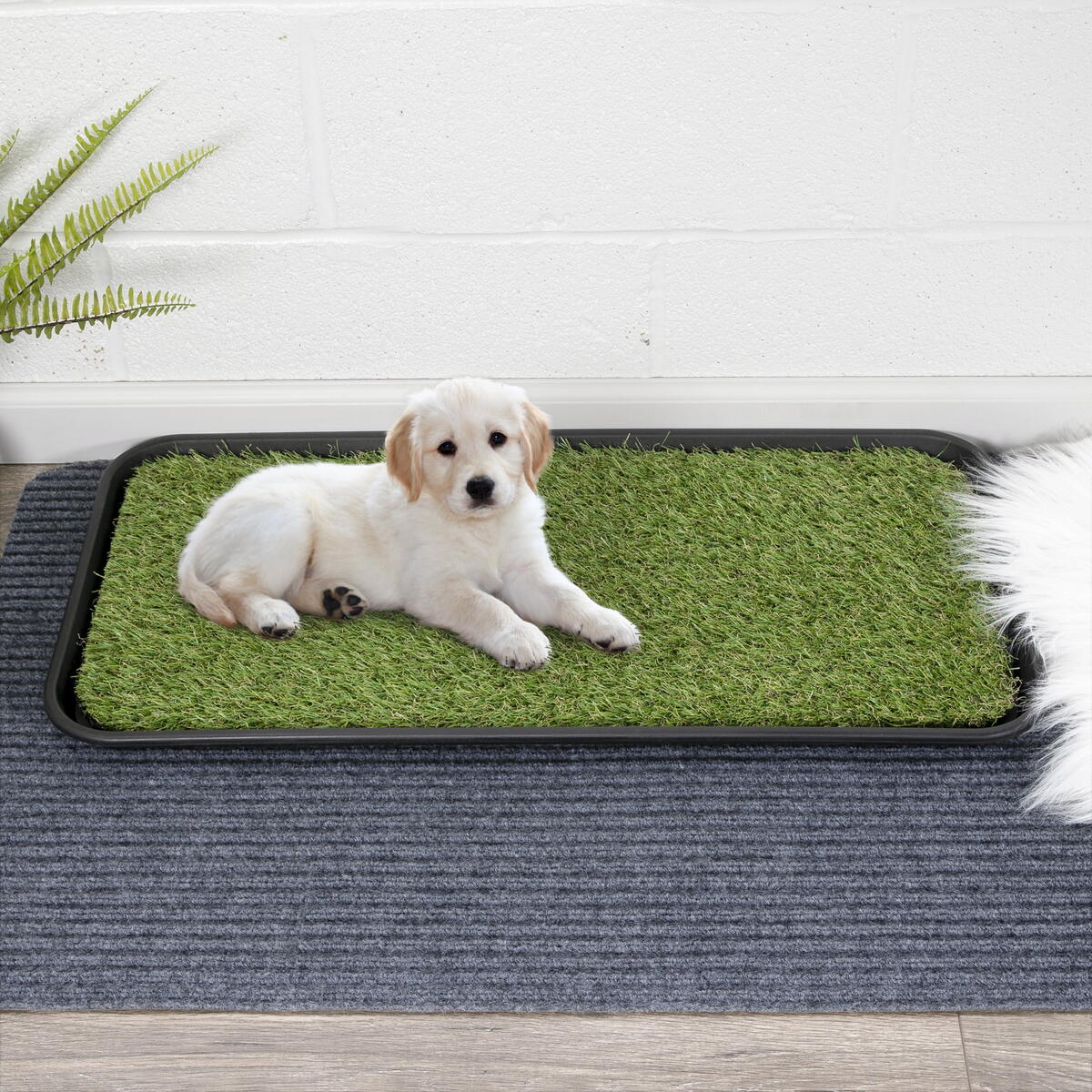
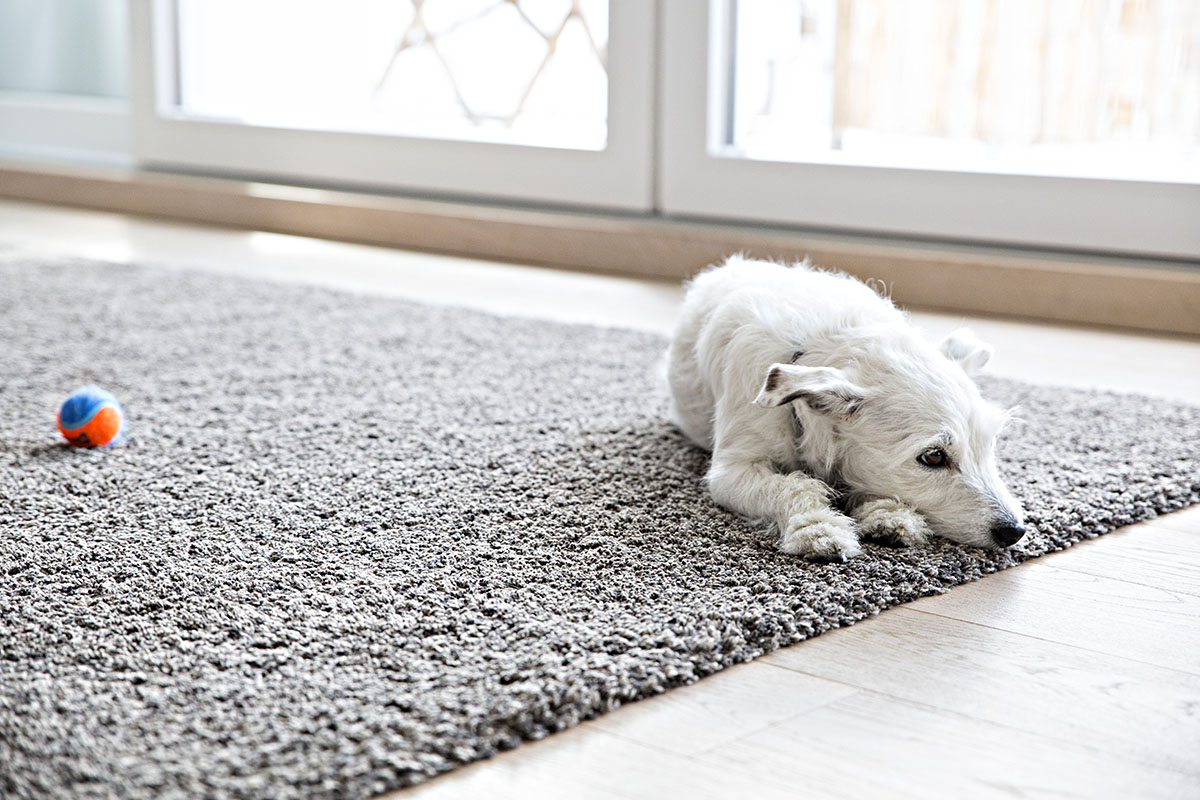
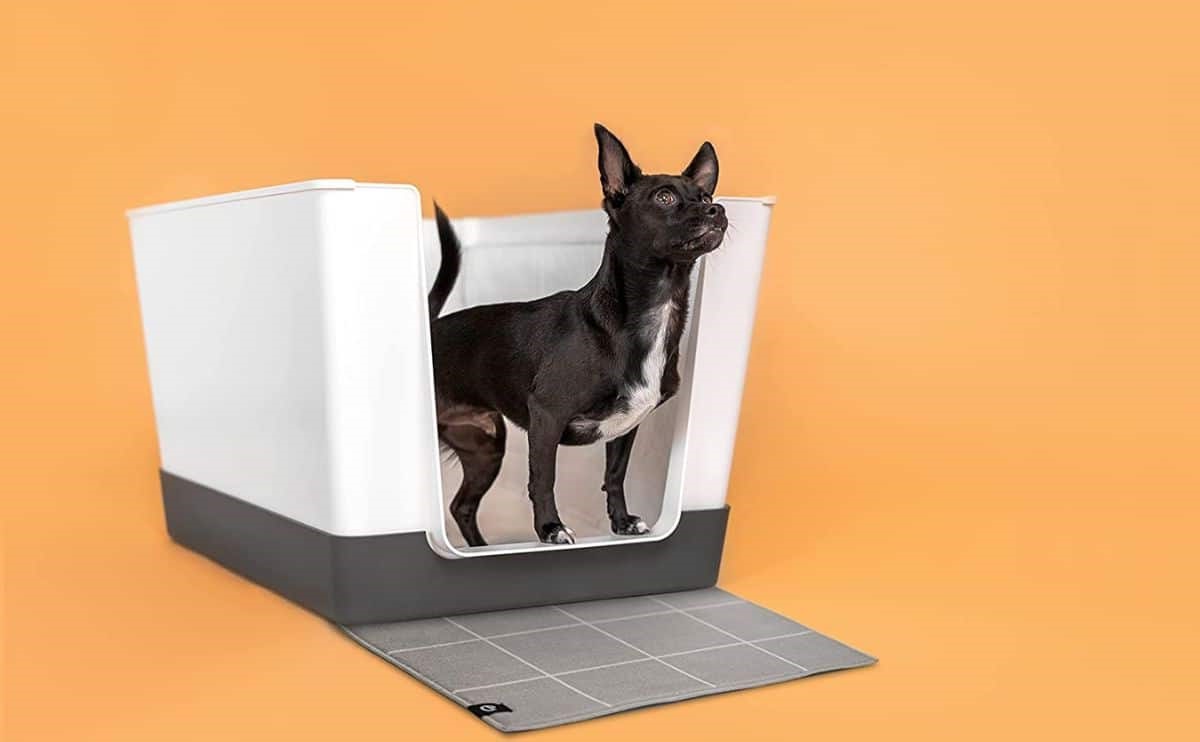
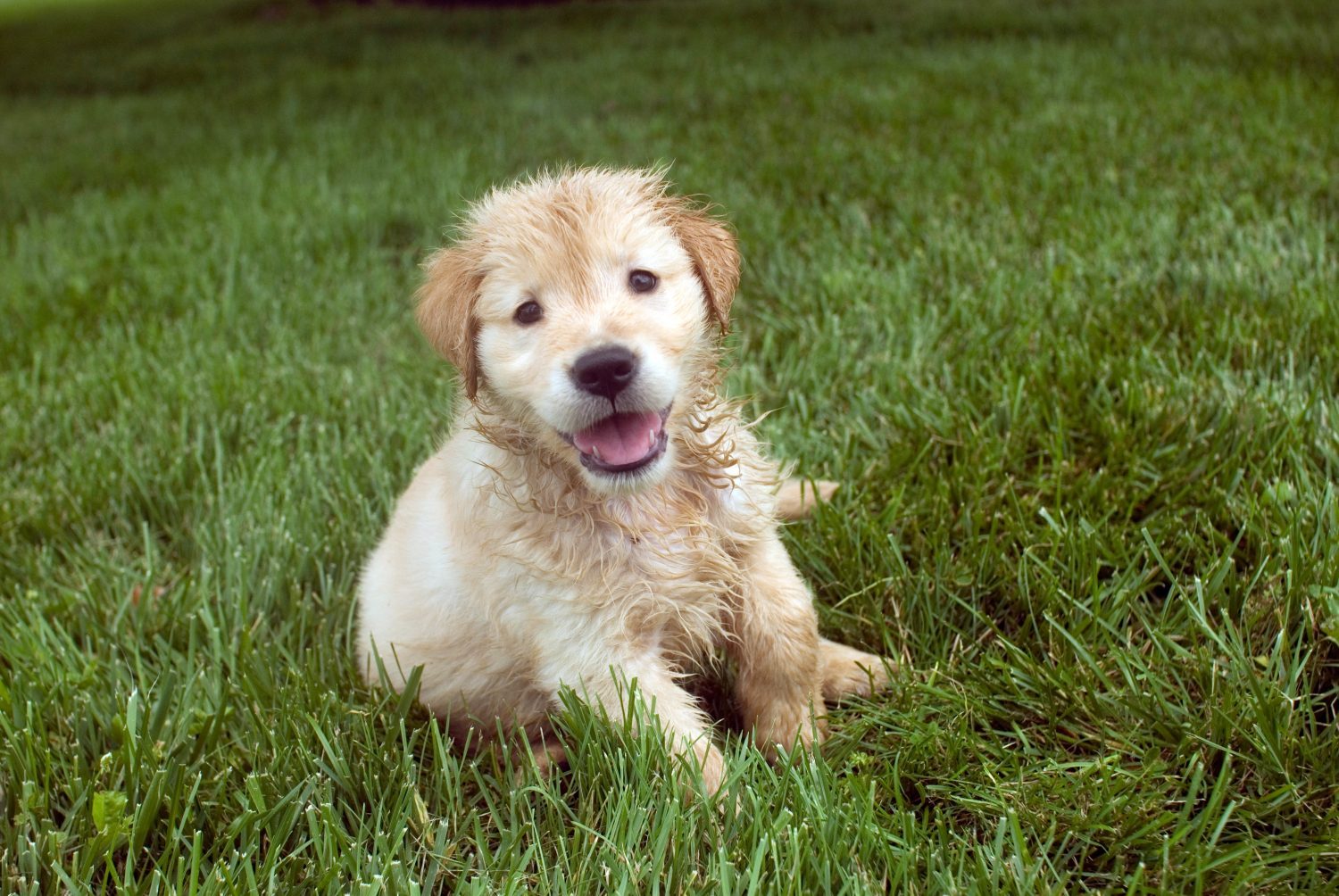

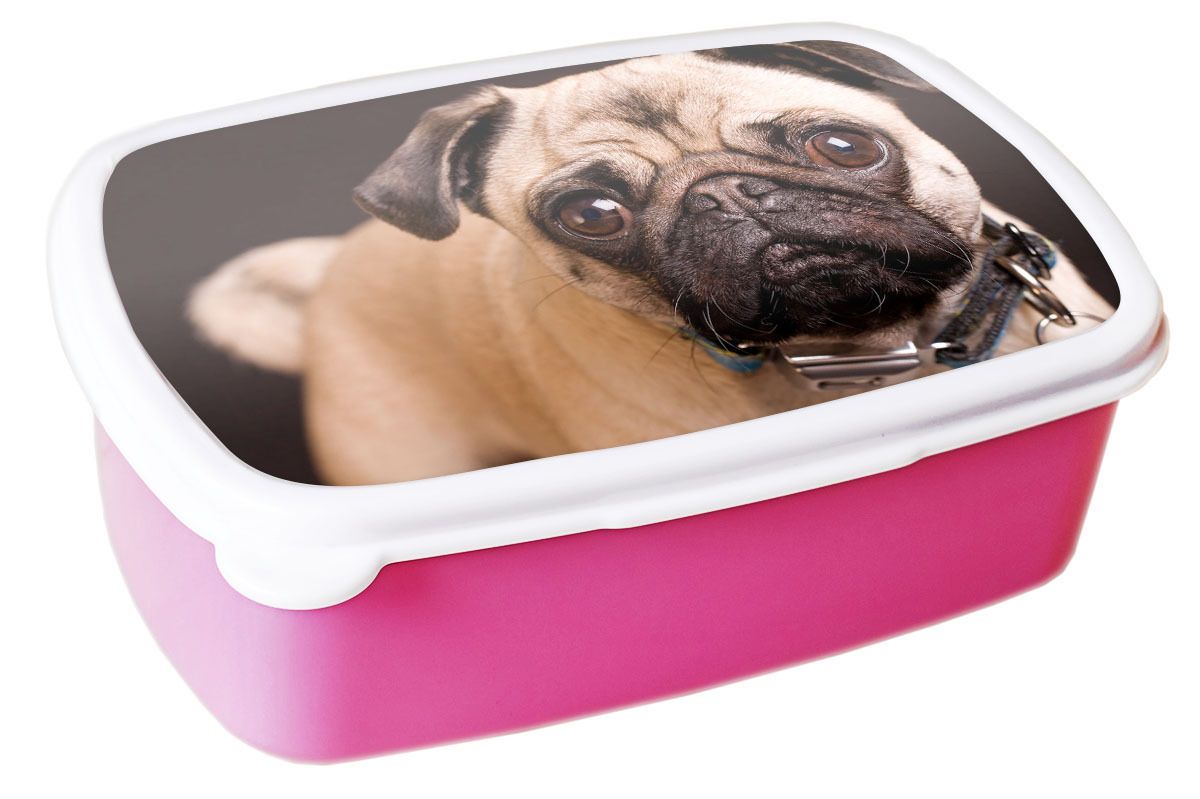
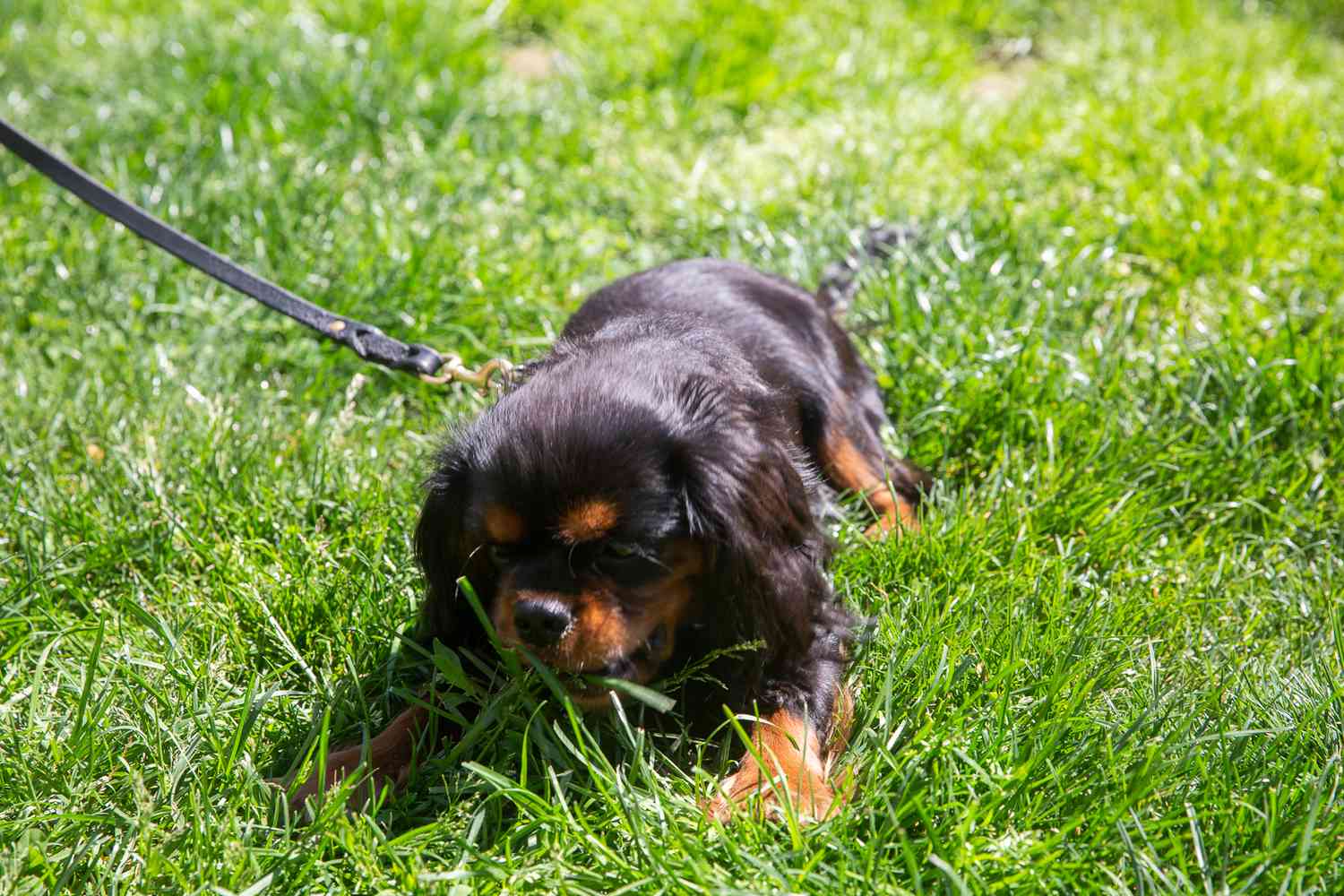
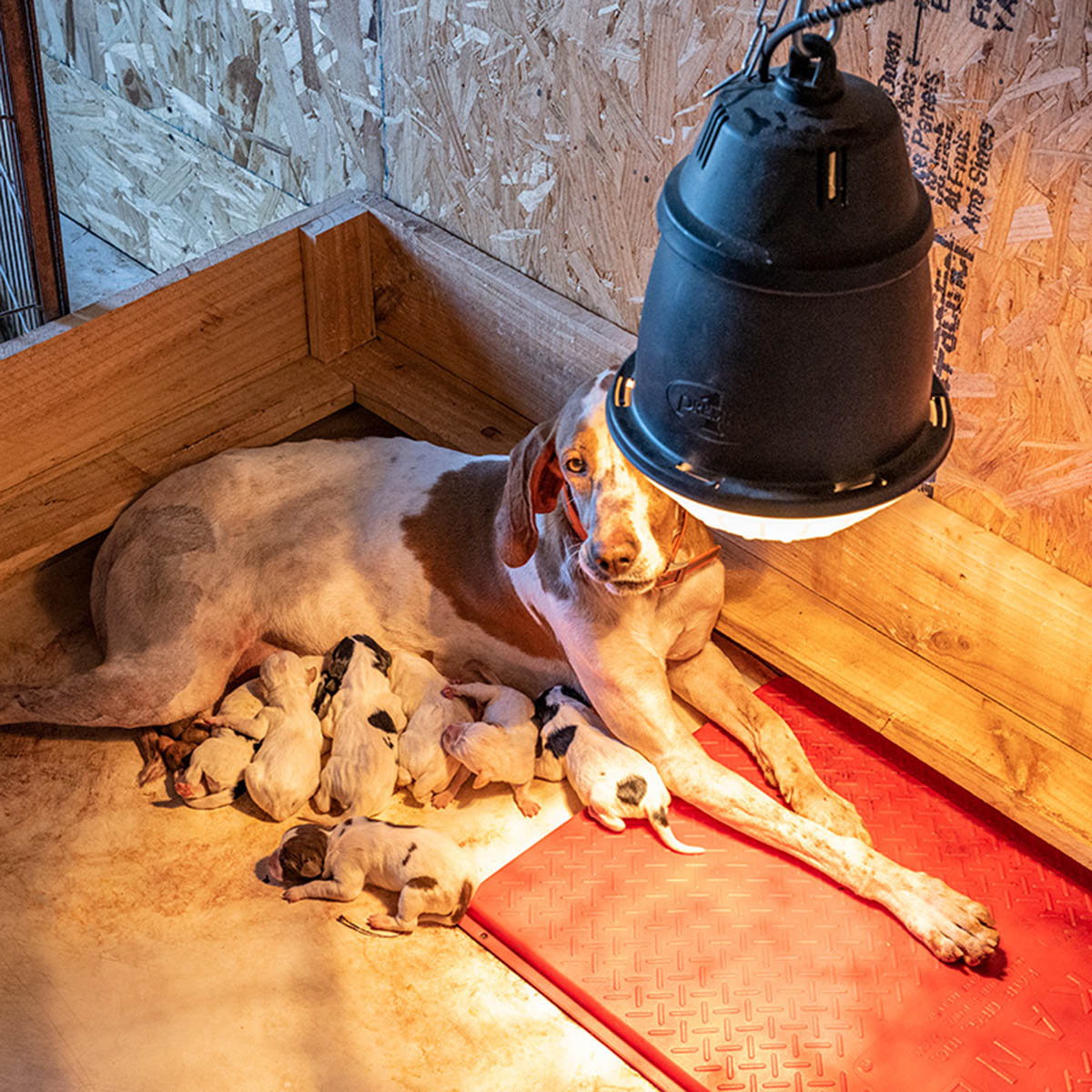
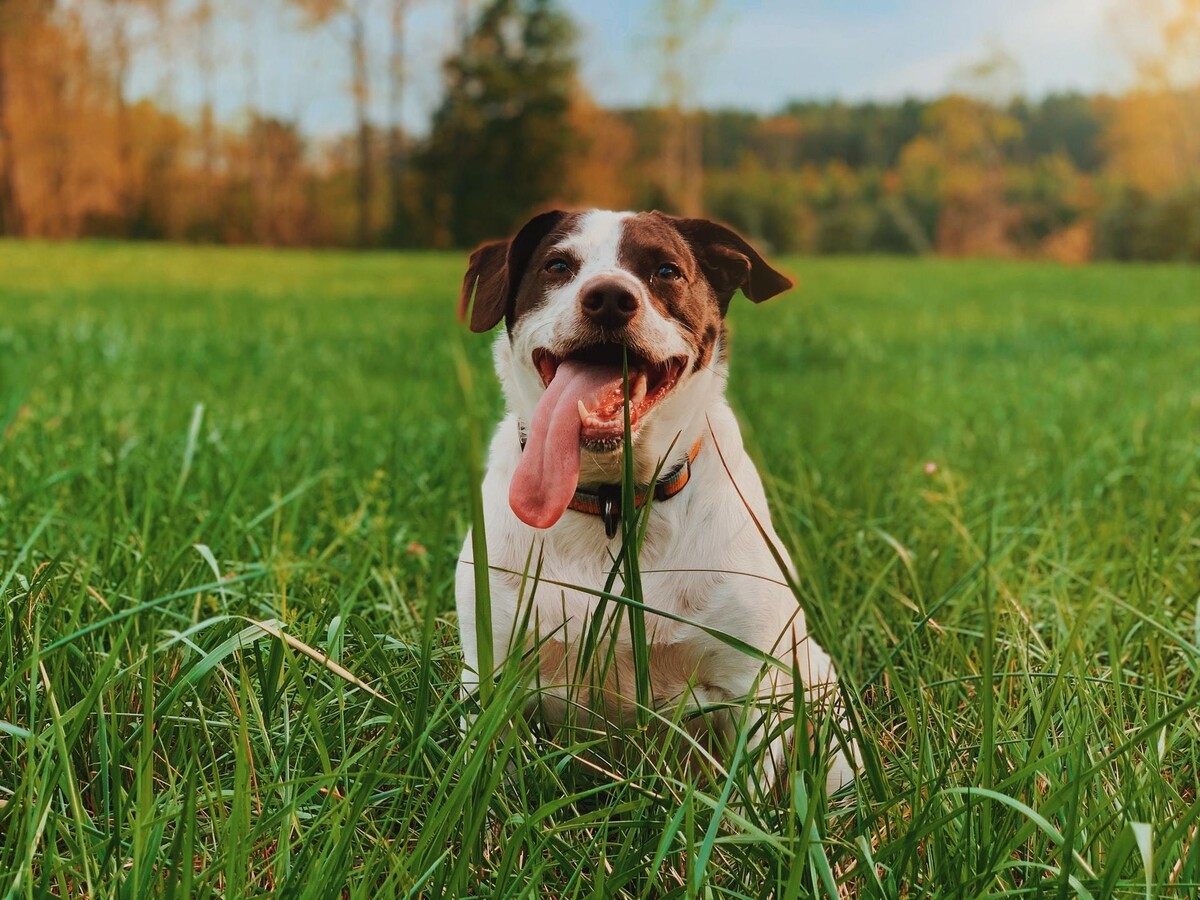
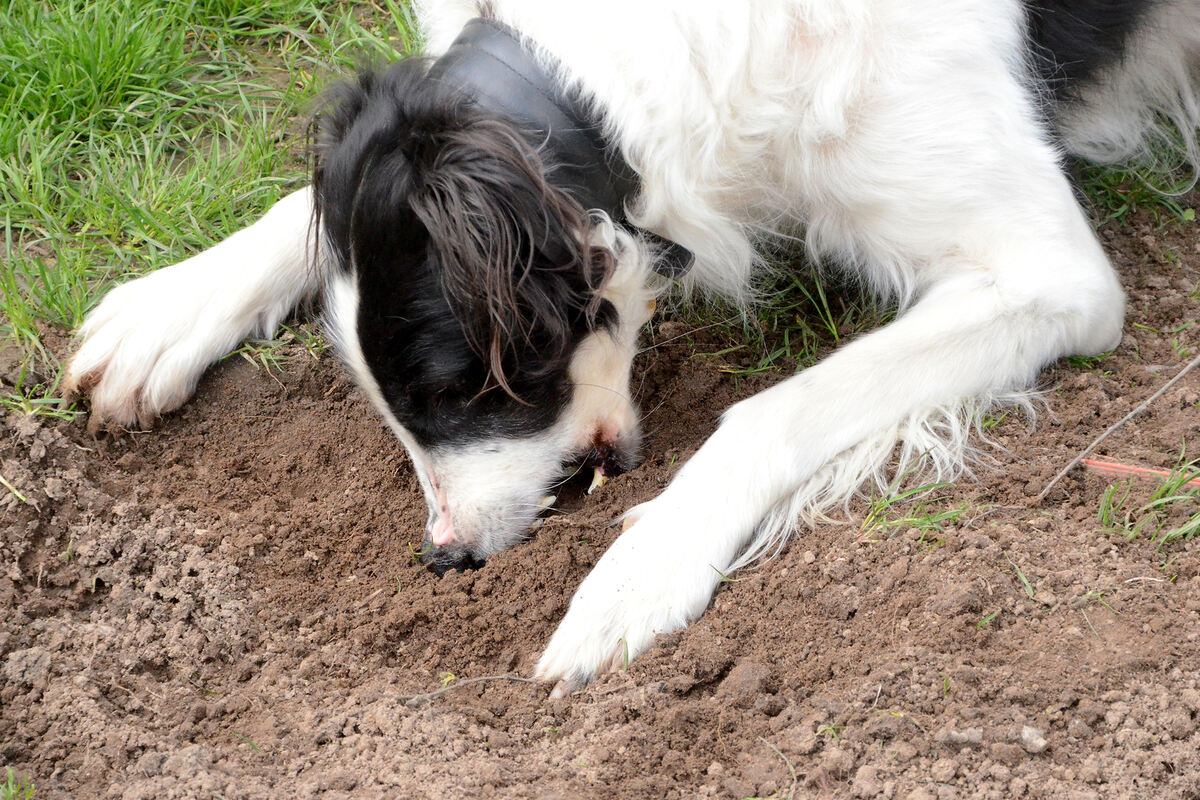
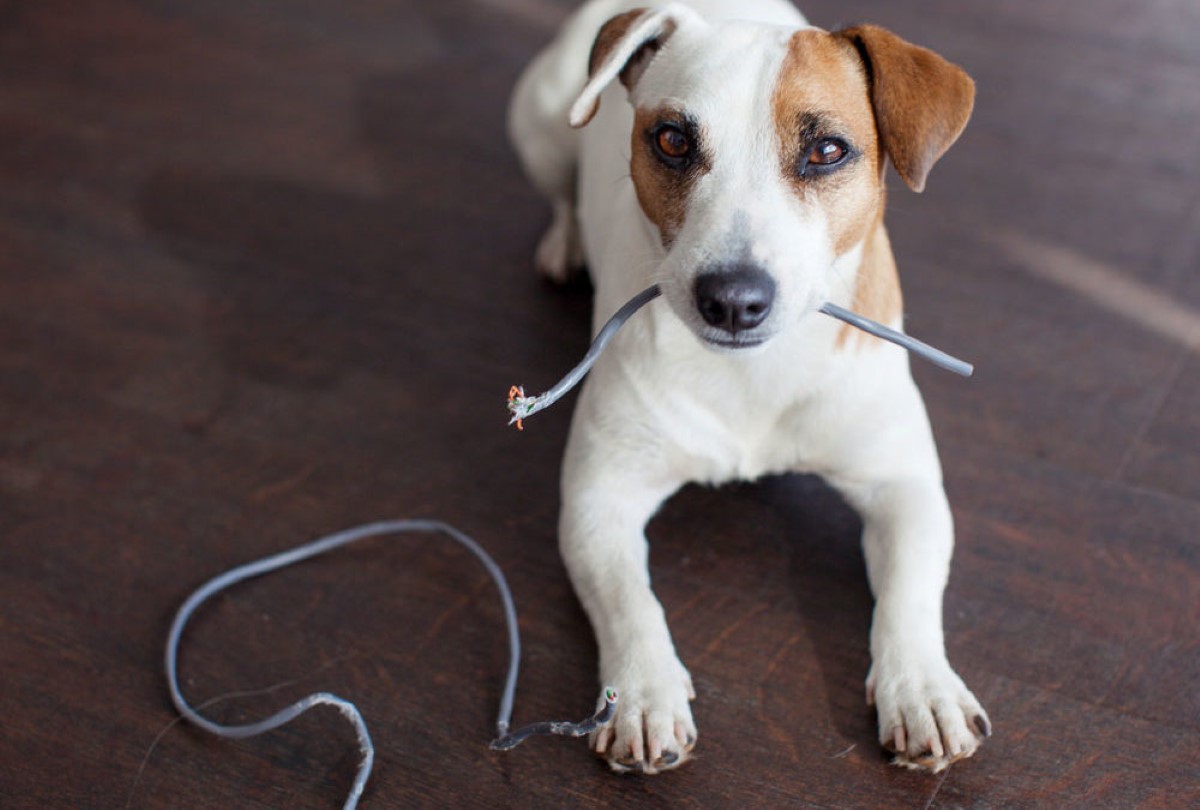



0 thoughts on “How To Store Puppy Mush”